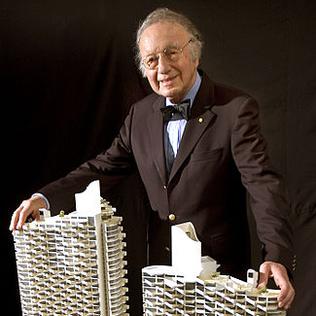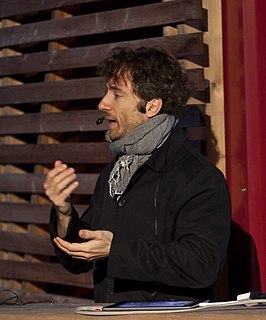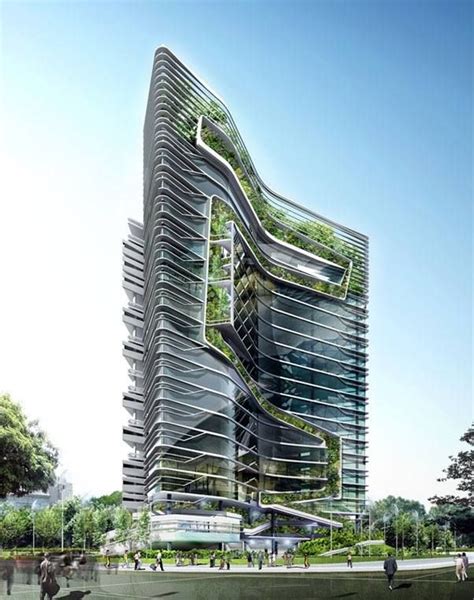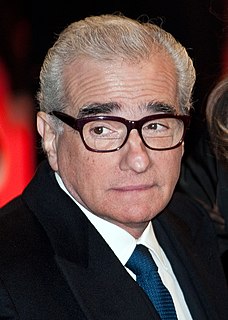A Quote by Ken Loach
Bath was dusty and a little shabby when we moved here. It did look its age and you felt its history in its streets and buildings and little alleyways. The sense of the past was palpable. There were some bad modern buildings but there was a patina of age.
Related Quotes
There was a time in our past when one could walk down any street and be surrounded by harmonious buildings. Such a street wasn't perfect, it wasn't necessarily even pretty, but it was alive. The old buildings smiled, while our new buildings are faceless. The old buildings sang, while the buildings of our age have no music in them.
There are hundreds of Frank Lloyd Wright buildings around the United States and in other countries, too. Wright lived into his 90s, and one of his most famous buildings, the Guggenheim Museum in New York, was completed just before his death. Wright buildings look like Wright buildings - that is their paradox.
Worship will never end; whether there be buildings, they will crumble; whether there be committees, they will fall asleep; whether there be budgets, they will add up to nothing. For we build for the present age, we discuss for the present age, and we pay for the present age; but when the age to come is here, the present age will be done away.
I'm afraid what we are building today will not have the same impact and sustainability of the architecture of a 100, 500 or 1,000 years ago. The buildings of those days were miracles. We don't perform such miracles today. So we should be a little more modest. For my part, I'll be glad to show one of my buildings one day to my grandchildren and say: I'm proud of that.
Cities need old buildings so badly it is probably impossible for vigorous streets and districts to grow without them.... for really new ideas of any kind--no matter how ultimately profitable or otherwise successful some of them might prove to be--there is no leeway for such chancy trial, error and experimentation in the high-overhead economy of new construction. Old ideas can sometimes use new buildings. New ideas must use old buildings.
In Brazil, there is a fear and a denial of our past. Downtown Rio used to display the history of colonialism in Brazil. They had beautiful buildings and theaters, and there was a bakery that was threatened to be demolished, but people insisted against it. They laid down in front of it and said, "You're going to have to go over my body to destroy it." It frustrates me when I see people on Facebook posing in front of old buildings while on vacation, because they could've posed in front of equally beautiful buildings at home in Rio.






































